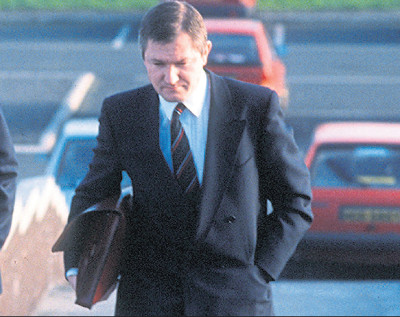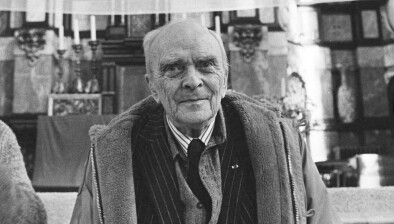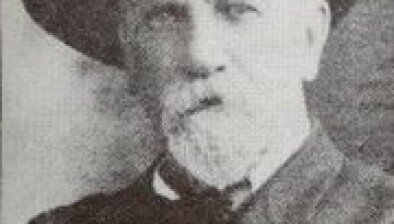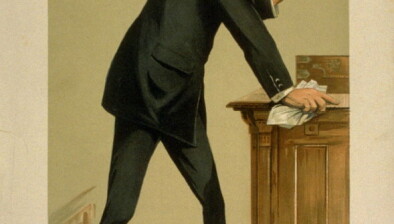Irish Legal Heritage: Pat Finucane

Pat Finucane
Human rights lawyer Pat Finucane was murdered in his home in North Belfast on 12 February 1989. Pat was shot 14 times and his wife, Geraldine, was injured in the shooting, which was witnessed by their children as they hid underneath a table.
The only person to be prosecuted in relation to the murder was the getaway driver, Ken Barrett.
Successive investigations and inquiries have found that the murder was committed by loyalist paramilitaries in collusion with the British security forces.
The Stevens Inquiries found that Pat’s murder could have been prevented, that the murder investigation “should have resulted in the early arrest and detection of his killers”, and that the evidence of collusion ranged from “the wilful failure to keep records, the absence of accountability, the withholding of intelligence and evidence, through to the extreme of agents being involved in murder”.
The Cory Collusion Inquiry Report on Pat’s murder found “strong evidence that collusive acts were committed by the Army (FRU), the RUC SB and the Security Service” and that there was a need for a public inquiry. The Report found that the Security Service was aware of the UDA’s plans to kill Pat Finucane in 1981, but the RUC Special Branch decided to take no steps to intervene or halt the attack; again, in 1985, the Security Service was aware that Pat Finucane was a “priority target”, but took no action; and just seven weeks before the murder took place, the Security Service had information that the UDA had singled out Pat Finucane for “special attention” in plans to kill various targets. Furthermore, only three days after the murder, an agent reported to the RUC SB that he had been asked by a UDA official to pick up and hide a pistol believed to be the firearm used in the murder, but that no steps were taken to recover or trace the weapon.
Rather than order a public inquiry, in 2011 the Government instructed High Court judge Desmond de Silva to carry out an independent review.
In an appeal to the UK Supreme Court in June 2018, the judgment of which is yet to be delivered, Pat’s wife, Geraldine, has challenged the government’s decision, arguing that the decision-making process was a sham, had been pre-determined, and that the commitment to establish a public inquiry had been unlawfully frustrated. She also argued that Article 2 of the European Convention on Human Rights required a public inquiry to be held rather than the review established by the Government.
State obligations under Article 2 of the ECHR include an obligation to carry out an effective investigation “when individuals have been killed as a result of the use of force by, inter alios, agents of the State”.
In the Supreme Court, it was submitted that no one in authority has been held accountable to any degree for “facilitating and furthering the murder”, or for perverting the course of justice, and that they have never had to explain themselves in public. Indeed, it was argued that the decision not to order a public inquiry has afforded continued impunity to those involved.
The appeal to the Supreme Court is centred on the following issues:
- Whether the Secretary of State’s decision to appoint Sir Desmond de Silva to conduct a review into the murder of Patrick Finucane rather than to hold a public inquiry into the murder was taken in accordance with the stated decision-making process or whether it was a sham process and/or whether the outcome was pre-determined.
- Whether Mrs Finucane had a substantive legitimate expectation that a public inquiry would be established. Was any expectation frustrated by Secretary of State for Northern Ireland, and if so, was the frustration justified?
- Whether the failure to establish a public inquiry into the murder is compatible with Article 2 of the European Convention on Human Rights.
Over 30 years later, despite the litany of evidence of collusion and the Cory Report’s recommendation for a public inquiry, Pat Finucane’s family are still fighting for justice and “effective scrutiny of one of the most notorious murders of the Troubles”.









